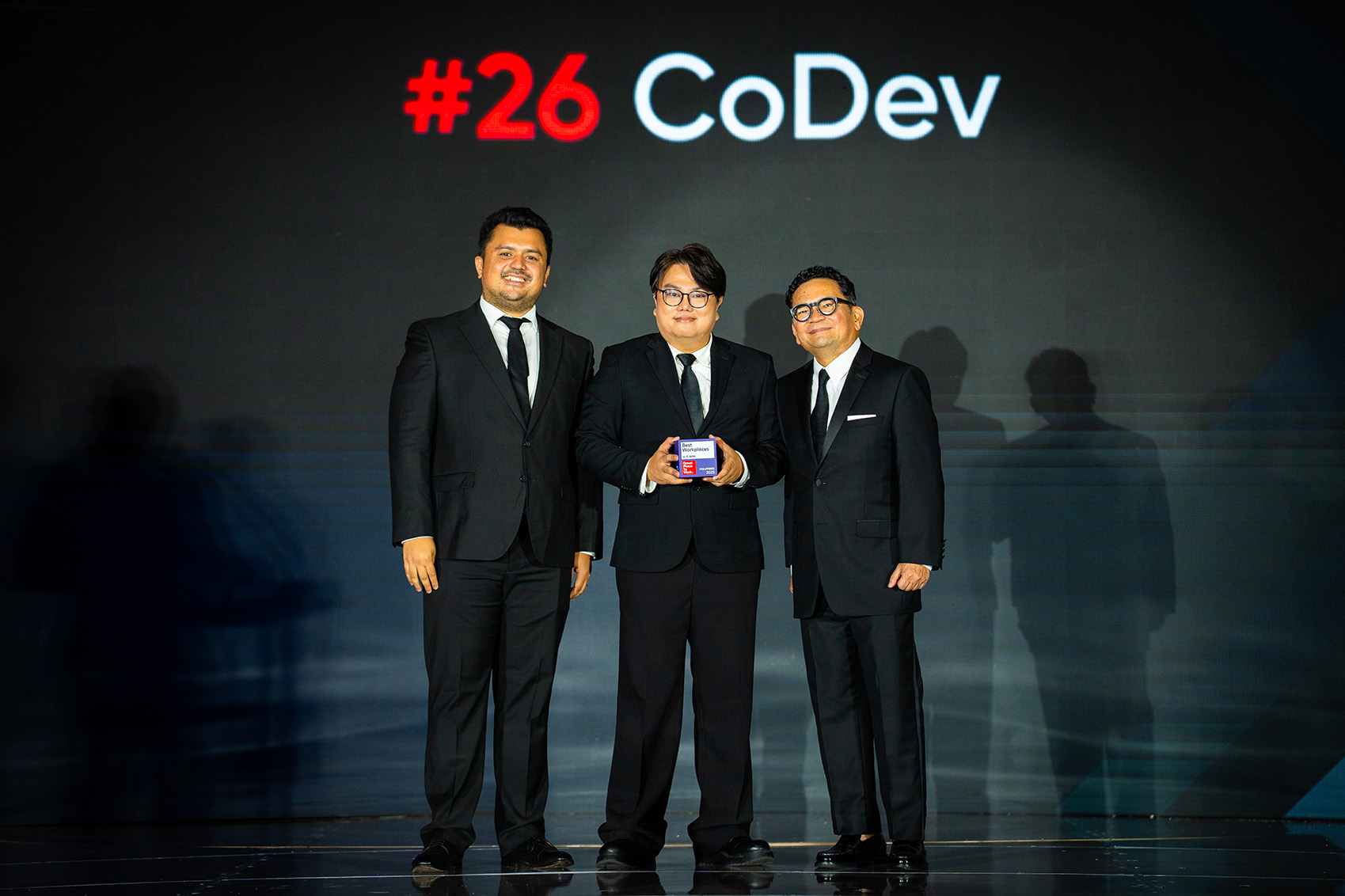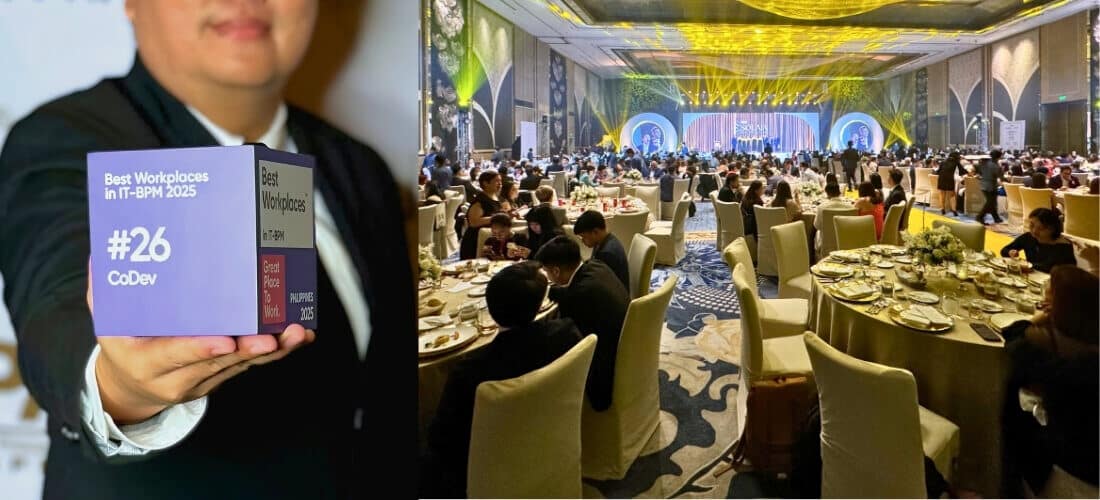The 12 Most Popular Typefaces for UI/UX Design

Typography and the typefaces of fonts are a cornerstone of design and communication. It's amazing how the choice of fonts can profoundly impact a design's message and overall aesthetic.
As brand typography is essential to create the perfect logo that is appealing, the same is true for web design. The typefaces and feel of your design could be a crucial factors in the success of your site.
What Is the Best Font for UX Design?
Here are the most popular typefaces and the brands that use them:
- Helvetica is undoubtedly one of the most beloved typefaces ever created. Helvetica (or Neue Haas Grotesk) is a sans-serif typeface developed in 1957 by Max Miedinger and Eduard Hoffmann. Helvetica's versatility and timeless appeal have made it a popular UI/UX design choice. Its presence in numerous famous logos, such as Jeep, Lufthansa, 3M, and Target, has made it instantly recognizable.
- Garamond is one of the oldest typefaces still in use today. It is based on old Roman lettering designs by Claude Garamond, a sixteenth-century Parisian engraver. Garamond is a typeface with characteristics of handwriting making it highly legible for large amounts of text. It is popular for book printing and body text in UI/UX design. Notable brands like Dior, Abercrombie & Fitch, and Google (before the redesign) have chosen Garamond for their logos.
- Futura was designed by Paul Renner and released in 1927; Futura is a geometric sans-serif typeface. Its clean lines, and versatile styles have made it a popular choice among numerous brands. Companies like IKEA, Nike, Absolut Vodka, Gillette, and Louis Vuitton have embraced Futura for its timeless appeal. Its influence can be seen in various applications, from movie titles to dynamic billboards.
- Bodon is classified as a Didone or modern typeface and is heavily influenced by the 18th-century typeface designed by John Baskerville. Known for its elegant and decorative letterforms, Bodoni is a favorite among layout designers for magazines and newspapers. Brands like Nirvana, ZARA, Vogue, and Burberry have chosen Bodoni to represent their identity.
- Arial was designed in 1982 by Robin Nicholas and Patricia Saunders; Arial is a widely known and used sans-serif typeface. Arial's resemblance to Helvetica has led to confusion, but it has distinct characteristics. It has become a default font in Microsoft's operating systems, increasing its popularity.
- Times New Roman, is a name that is practically synonymous with serif typefaces. This classic font has ingrained itself in most operating systems, making it instantly recognizable to many. Its rich history dates back to 1931 when it was commissioned by the prestigious British newspaper, The Times.
Created for newspaper printing, Times New Roman boasts a high x-height and short descenders, enabling tight line spacing and a relatively condensed appearance. Even today, Times New Roman continues to be highly popular for book printing and remains the font of choice for numerous newspaper publishers worldwide.
- Verdana is a humanist sans-serif typeface created in 1996 by Matthew Carter and Thomas Rickner specifically for Microsoft. It quickly became one of the most widely installed fonts on desktop computers. "Verdana" is derived from the word "verdant," meaning green, and Ana, the name of Virginia Howlett's eldest daughter.
It became the default font for many users around the world. It gained popularity in various publications such as the IKEA catalog, Business Week, The Guardian, and The New York Times.
- Rockwell is a distinctive slab serif typeface designed by Monotype and introduced in 1934. The project was overseen by Frank Hinman Pierpont, Monotype's engineering manager. This geometric slab serif features uniform stroke widths and a roughly circular capital "O," giving it a similar appearance to popular sans-serif designs like Franklin Gothic and Futura.
Rockwell has found application in various design contexts, including storefronts, magazine headings, book covers, and apparel design. Its bold and robust characteristics make it instantly recognizable.
- Franklin Gothic was developed in 1902 by Morris Fuller Benton, head designer at American Type Founders, Franklin Gothic is a well-known sans-serif typeface. The term "Gothic" was used to refer to sans-serif fonts. The Franklin Gothic type family is particularly suitable for display text and headlines, as it possesses a solid and heavy appearance.
- Univers is another widely recognized and utilized sans-serif typeface with a rich history. Univers gained prominence due to its extensive range of weights and widths, allowing consistent and cohesive designs across various text styles without switching between different typefaces.
Univers was licensed and re-released by several notable companies, including Monotype, Linotype, American Type Founders, and IBM, for phototypesetting, metal type, and typewriter reproduction. Its usage extends to various applications, such as airport signage, the Walt Disney World road system, Audi instrument panels, keyboard keycaps, and prominent logos like UNICEF, eBay, and more
- Frutiger Frutiger, a humanist sans-serif typeface family, was designed by Adrian Frutiger, a legendary Swiss designer, and released in 1976. Its creation aimed to ensure optimal legibility at a distance or when used in small text sizes. Over the years, it has received high praise from respected type designers, described as "the best general typeface ever" and "the best choice for legibility in pretty much any situation."
Frutiger is commonly employed in pharmaceuticals, road signs, and other signage, such as airports and train stations.
- Avenir, is a geometric sans-serif typeface designed by Adrian Frutiger in 1987 and released in 1988 by Linotype. This typeface draws inspiration from geometric styles, such as Erbar and Futura, which use the circle as a fundamental element. The word "avenir" is French for "future," reflecting Frutiger's vision for the typeface's modern and forward-looking design.
Frutiger considered Avenir to be his finest work, emphasizing the quality of the draftsmanship and the personal investment he had in its development.
Conclusion
Fonts possess the remarkable power to turn a simple message into something extraordinary or, in some cases, cringe-worthy. For UI/UX designers, it is imperative to grasp the significance of typography. Throughout history, certain typefaces have left an indelible mark on the world of graphic design.
At CoDev, we help SMEs find skilled UI/UX designers who can contribute to their exciting projects. Contact us today and get the best designers to help you ramp up your software project using the best typefaces/




